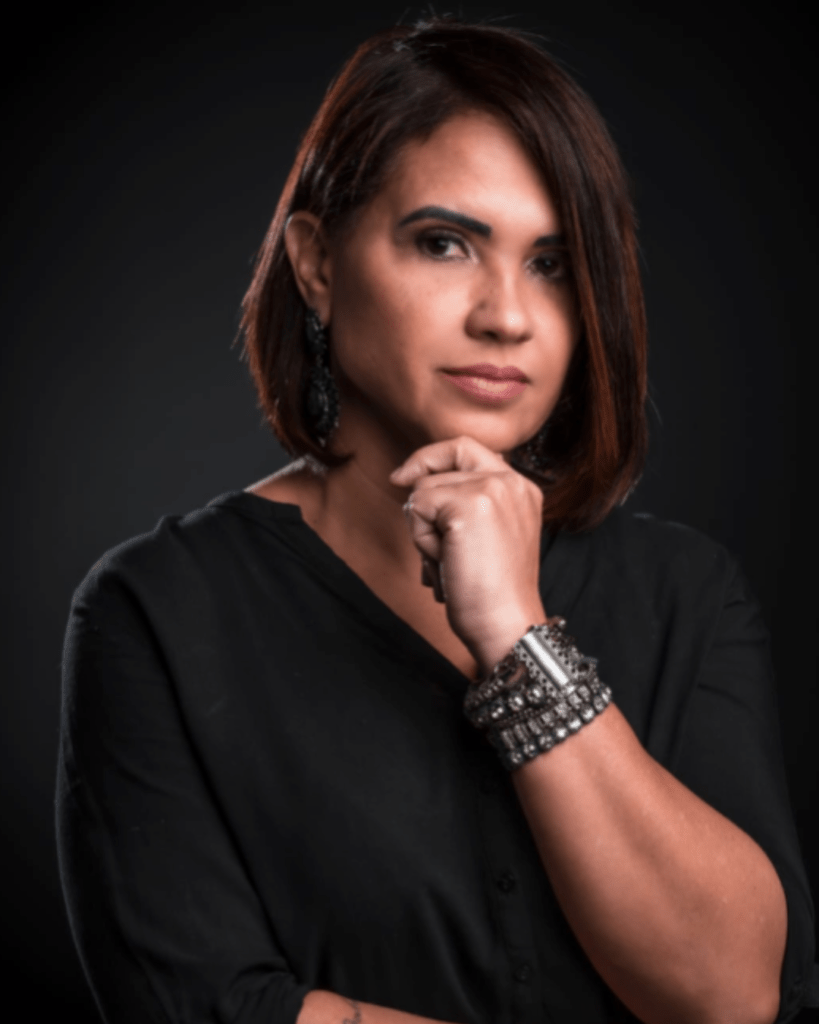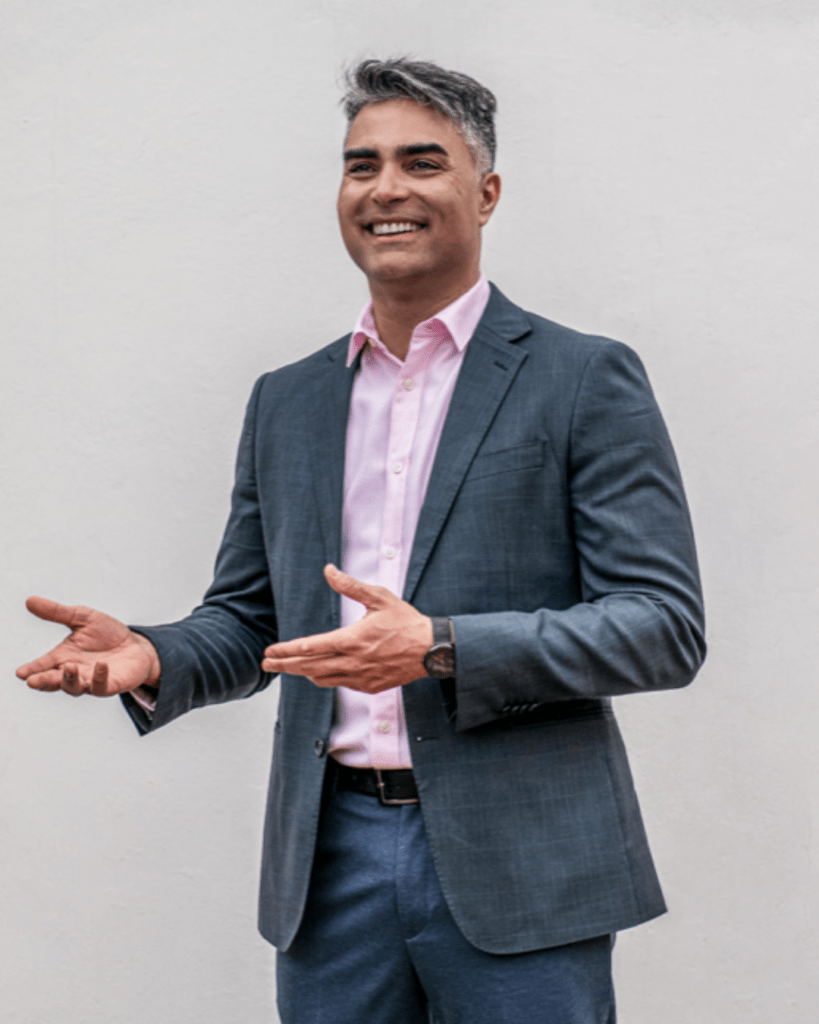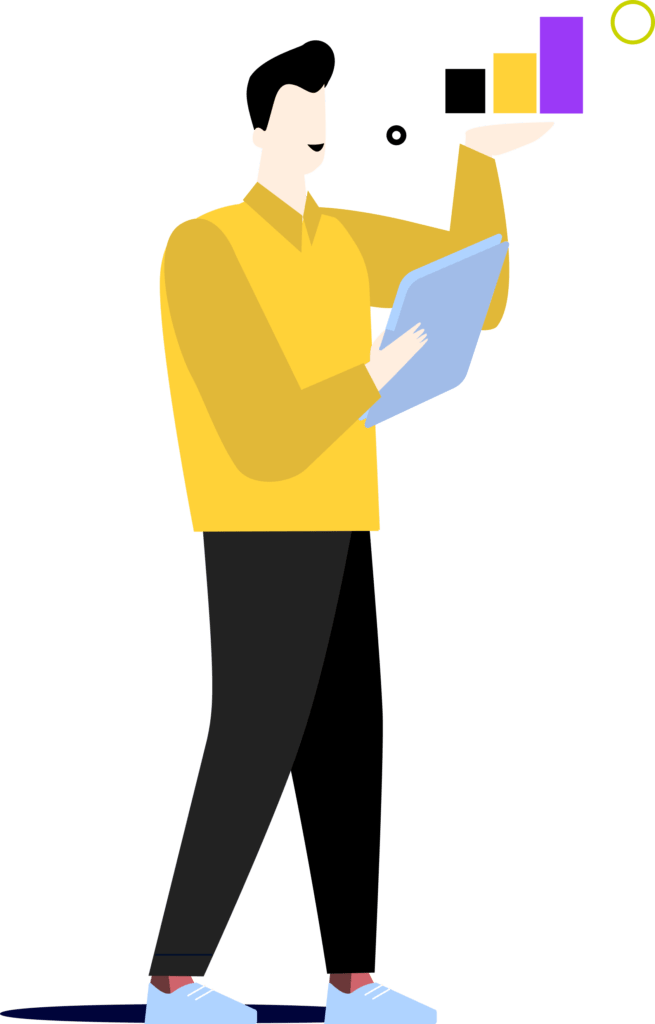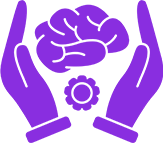-
mbasemtg publicou uma atualização 3 anos, 6 meses atrás
A ceramic is an inorganic non-metallic solid made up of either metal or non-metal compounds that have been shaped and then hardened by heating to high temperatures. In general, they are hard, corrosion-resistant and brittle.
'Ceramic' comes from the Greek word meaning ‘pottery’. The clay-based domestic wares, art objects and building products are familiar to us all, but pottery is just one part of the ceramic world.
Nowadays the term ‘ceramic’ has a more expansive meaning and includes materials like glass, advanced ceramics and some cement systems as well.
Traditional ceramics – pottery
Pottery is one of the oldest human technologies. Fragments of clay pottery found recently in Hunan Province in China have been carbon dated to 17,500–18,300 years old.
The major types of pottery are described as earthenware, stoneware and porcelain.
Earthenware is used extensively for pottery tableware and decorative objects. It is one of the oldest materials used in pottery.
The clay is fired at relatively low temperatures (1,000–1,150°C), producing a slightly porous, coarse product. To overcome its porosity, the fired object is covered with finely ground glass powder suspended in water (glaze) and is then fired a second time. Faience, Delft and majolica are examples of earthenware.
Stoneware clay is fired at a high temperature (about 1,200°C) until made glass-like (vitrified). Because stoneware is non-porous, glaze is applied only for decoration. It is a sturdy, chip-resistant and durable material suitable for use in the kitchen for cooking, baking, storing liquids and as serving dishes.
Porcelain is a very hard, translucent white ceramic. The earliest forms of porcelain originated in China around 1600BC, and by 600AD, Chinese porcelain was a prized commodity with Arabian traders. Because porcelain was associated with China and often used to make plates, cups, vases and other works of fine art, it often goes by the name of ‘fine china'.
To make porcelain, small amounts of glass, granite and feldspar minerals are ground up with fine white kaolin clay. Water is then added to the resulting fine white powder so that it can be kneaded and worked into shape. This is fired in a kiln to between 1,200–1,450°C. Decorative glazes are then applied followed by further firing.
Bone china – which is easier to make, harder to chip and stronger than porcelain – is made by adding ash from cattle bones to clay, feldspar minerals and fine silica sand.
Industrial ceramic is typically crystalline or partly crystalline in structure. They are made of inorganic, non-metallic matter. Early ceramics consisted mainly of clay and clay-mixtures, as used to make pottery. The natural mineral deposits of readily available clay and sand, combined to reach the right consistency when mixed with various liquids, are ideal for creating moldable material useful for traditional ceramics. This traditional ceramics mixture is used by potters and bricklayers around the world, in part because it is so readily available, easy to mix, and inexpensive.
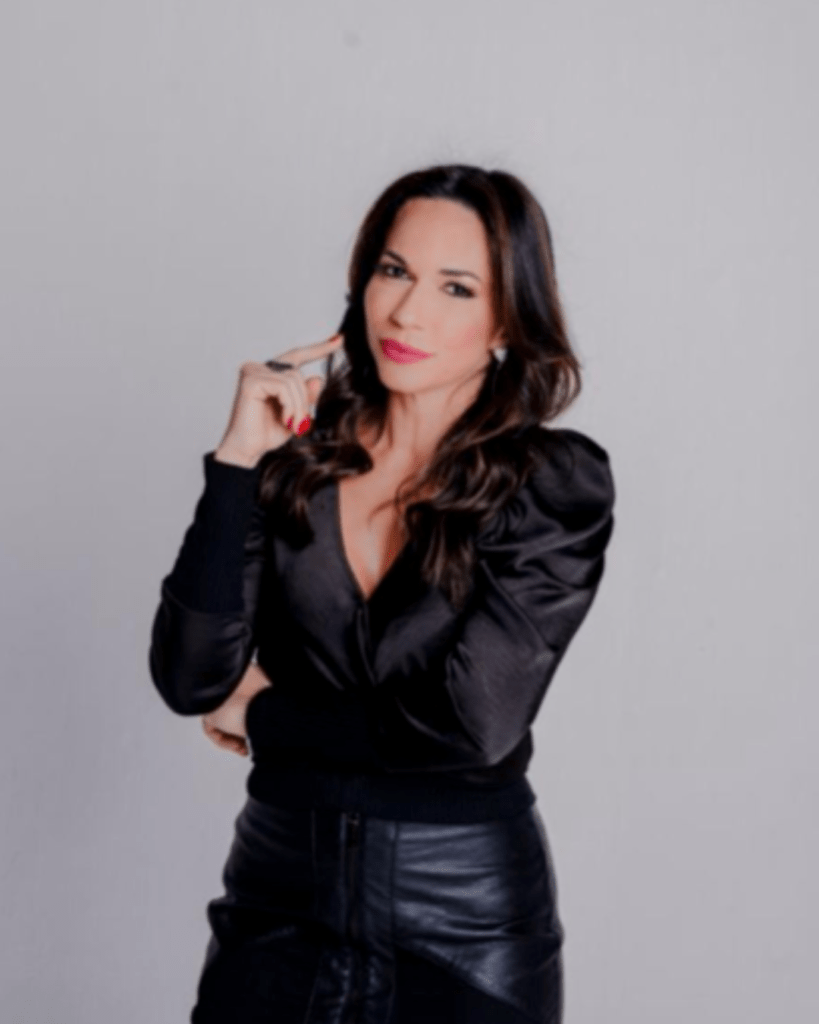
MENTORA ELIENAI PEREIRA
Especialista em Liderança Executiva
Diretora Executiva Supra Alimentos, Palestrante, Master Trainer empresarial, formada em Teologia, Direito, MBA em Gestão de Vendas pela FGV, Especialização em Liderança e Negócios pela Harvard Business School – EUA, Liderança e Coaching pelo College Business da Universidade de Ohio – EUA, MBA em Desenvolvimento Humano, Especialista em inteligência emocional, Hipnoterapeuta e Master em Programação Neurolinguística.

